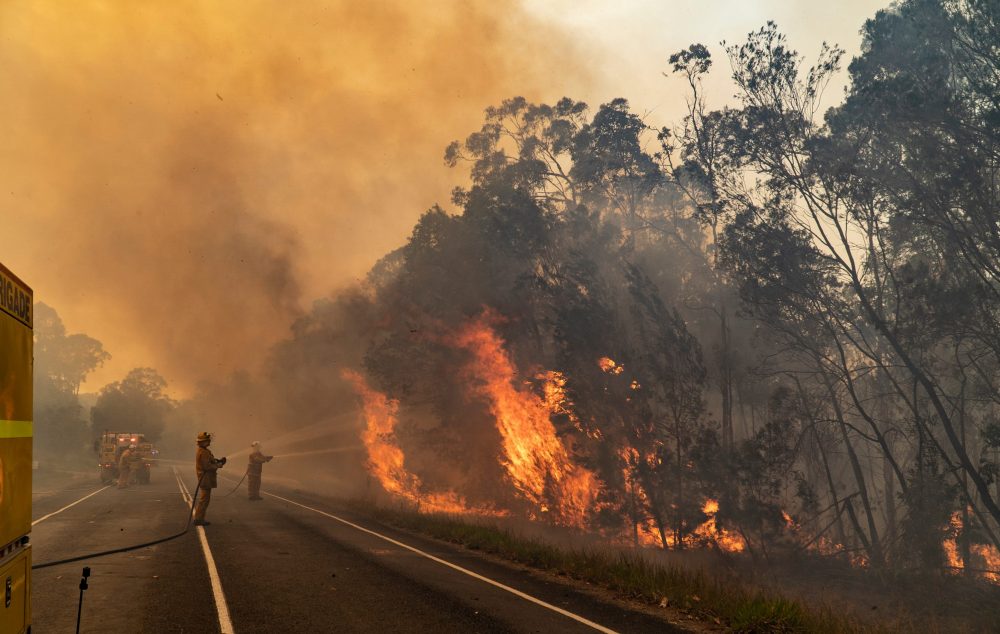BAL Report Principles: Crucial Details for Homeowner
BAL Report Principles: Crucial Details for Homeowner
Blog Article
Exactly How BAL Record Impacts Bush Fire Protection Procedures
In the realm of bush fire defense, the Structure Attack Degree (BAL) record stands as a crucial device that dramatically influences the security and durability of properties in fire-prone locations - BAL Report. The effect of a BAL analysis extends much beyond simple documentation; it functions as the foundation for figuring out the proper building and construction criteria and fire protection measures essential to alleviate the risks postured by bushfires. As areas come to grips with progressively severe fire periods, comprehending how the BAL record forms these protective measures becomes paramount for home owners, policymakers, and home builders alike
Understanding the Bushfire Attack Degree

Relevance of BAL Record Analysis

Additionally, the BAL report evaluation offers as a foundational action in adhering to lawful commitments and needs associated to bushfire security. Neighborhood councils and authorities typically mandate the submission of a BAL report as component of the preparation and structure authorization process to ensure that properties are sufficiently guarded against bushfire risks. Stopping working to carry out a complete BAL report analysis can result in poor security actions, leaving homes susceptible to ravaging bushfire events.
Construction Specifications Based on BAL
An extensive understanding of the Bushfire Attack Level (BAL) allows home owners to implement construction standards tailored to their details risk account. Construction standards based on BAL are critical in minimizing the impact of bushfires on properties. The BAL ranking classifies the potential risk a building deals with during a bushfire on a range from BAL-Low to BAL-FZ (Fire Area) Each BAL level matches to details building and construction demands detailed in the Australian Typical AS3959-2018 Building of Structures in Bushfire-Prone Areas. Properties categorized as BAL-Low may just require basic measures such as getting rid of particles and maintaining gardens, while those in higher BAL groups need more durable measures like coal screens, fireproof materials, and secured windows. Complying with these construction criteria not only boosts the architectural durability of the home yet also enhances the total safety and security of locals during a bushfire occasion. Therefore, homeowner have to carefully consider their BAL rating and abide by the matching building requirements to sufficiently secure their occupants and homes.
Applying Fire Defense Actions
With the structure of construction criteria based on Bushfire Assault Level (BAL) in area, the emphasis now changes in the direction of the functional implementation of fire protection procedures to strengthen residential or commercial properties against bushfire risks. Passive measures consist of making use of page fire-resistant building materials, installing cinder guards on vents, securing spaces in roofs and walls, and maintaining a clear room around the home totally free from flammable greenery. By integrating both passive and active approaches, residential properties can dramatically reduce their susceptability to bushfire events and boost the safety and security of residents.
Shielding Homes Versus Bushfires
Successfully safeguarding homes versus the harmful effects of bushfires needs a proactive and comprehensive technique to fire defense procedures. Additionally, sealing voids and vents to prevent coal intrusion, as well as including fire-resistant doors and windows, can aid fortify the home's defense versus bushfires. By accepting an aggressive stance and incorporating these protective measures, homeowners can dramatically boost their chances of securing their homes against bushfires.
Conclusion
To conclude, the Bushfire Assault Level (BAL) record plays an essential function in establishing the required protection actions against bushfires. By assessing the BAL, building and construction criteria can be customized to mitigate the dangers and ensure the security of homes in fire-prone locations. Implementing fire security measures based on the BAL record is important in securing residential or commercial properties from possible bushfire dangers. It is critical for house owners to focus on BAL assessments and adhere to recommended building and construction requirements to improve bushfire durability.
In link assessing bushfire danger to homes, understanding the Bushfire Attack Degree (BAL) is a critical component for carrying out reliable defense actions. On the whole, a clear understanding of the Bushfire Strike Degree is essential for implementing adequate protection measures and reducing the effect of bushfires on residential or commercial properties.

Report this page